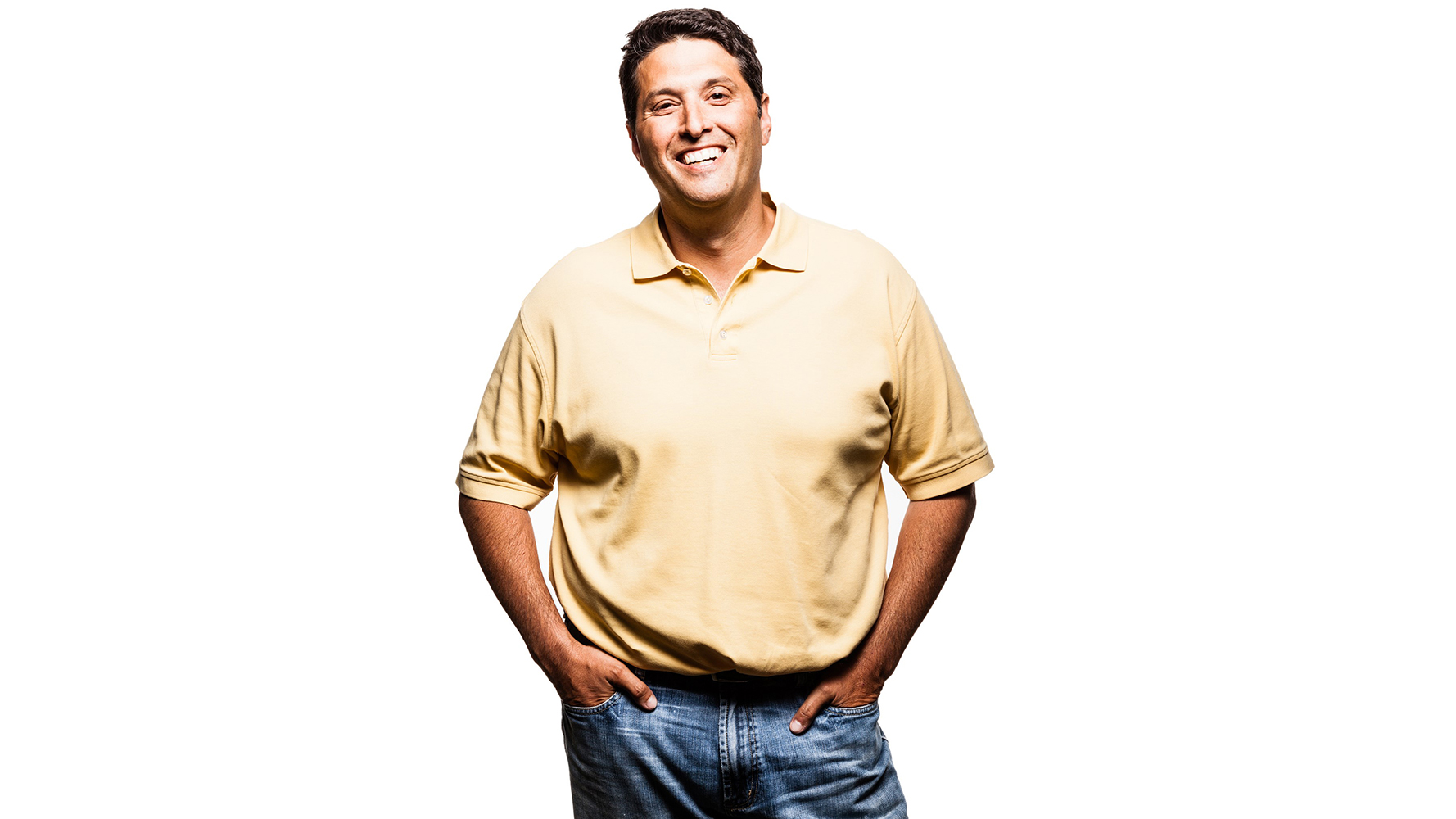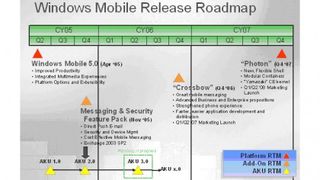Terry Myerson: what you need to know about the new head of Windows
Bringing experience to the Windows party

When we spoke to Terry Myerson at the launch of Windows Phone 8 last year he was bullish about the new operating system and keen to talk up both the new features and the new handsets, promising that "we're not relaxing now".
But he was also remarkably knowledgeable about a wide range of Microsoft products beyond Windows Phone.
Since taking over from Julie Larson-Green as head of Windows, as well as retaining his existing job on Windows Phone, plus the operating system side of Xbox, he hasn't said much about his plans.
The only official comment has been what he said when the Microsoft reorganisation was announced, about working with lots of product partners, including Surface.
"We've got innovative ideas coming from our OEM partners and Julie's team has some very innovative ideas. And the platform needs to span from the PPI [Perceptive Pixel] whiteboard to Xbox, to our phone, and beyond. So it's exciting to have all these hardware partners in the Windows ecosystem - or in the Microsoft ecosystem - and all the innovative ideas, and to bring it to market together," he said then.
Myerson is used to dealing with OEM partners in the Windows Phone world. He's said to be the man who reached out to Stephen Elop about putting Windows Phone on Nokia handsets. In fact, he once worked for Elop when he was running Office and Myerson was in charge of Microsoft Exchange.
Widows Mobile killer
He became head of Windows Phone engineering in October 2008, just as the first Android phone (from long-term Windows Mobile partner HTC) went on sale. The first thing he did? Cancel Windows Mobile 7, codenamed Photon, and recruit Joe Belfiore to work on a replacement.
Are you a pro? Subscribe to our newsletter
Sign up to the TechRadar Pro newsletter to get all the top news, opinion, features and guidance your business needs to succeed!
"I'm the guy that killed Photon, there you go!" Myerson told us cheerily at the Windows Phone 8 launch. He's still confident it was the right decision, but it must have annoyed partners such as Motorola, HTC and Samsung, who had sunk significant amounts of money into development only to see it delayed again and again.
The powerful handsets they'd designed for the next generation OS shipped with the stopgap Windows Mobile 6.5 and its odd honeycomb Start screen.

The Windows Mobile team first started working on Photon in 2004 and the ambitious plans included using the camera and accelerometer for 3D gestures as well as having multiple touchscreen gestures, supporting Silverlight in the browser and for apps to use location and cloud services to help you connect with your friends while you're out and about.
That would have been great in 2007 when it was due to ship, but development dragged on for even longer than Windows Vista and the launch date slipped to 2009 and then 2010, prompting Steve Ballmer to admit that serious mistakes had been made.
Myerson and Andy Lees were the "major talent" that Ballmer put in to turn things around. In his previous job running the Exchange team, Myerson had spent time negotiating with Apple to licence Microsoft sync technology for the iPhone. That may have given him a clearer view of the competition Microsoft would have to catch up with and helped with the hard decision to make a clean break.
Birth of Windows Phone 7
The phone team threw out the Photon code and started on another mobile OS based on the Windows CE platform that Photon would have run on; Windows Phone 7. At about the same time, the research OS team at Microsoft Research got together with the Windows team who had produced the MinWin Windows core that helped make Windows 7 so efficient, in a "skunkworks project" to put the Windows NT kernel onto ARM.
Experiment 19 was a success: the Windows NT kernel and MinWin core were faster than Windows CE on the same ARM hardware. By 2009, the Windows Phone team was already working on Windows Phone 8 alongside Windows Phone 7 (and the Windows team was working on Windows RT, giving Myerson experience of co-ordinating with both the Windows team and Larson-Green).
Mary (Twitter, Google+, website) started her career at Future Publishing, saw the AOL meltdown first hand the first time around when she ran the AOL UK computing channel, and she's been a freelance tech writer for over a decade. She's used every version of Windows and Office released, and every smartphone too, but she's still looking for the perfect tablet. Yes, she really does have USB earrings.
